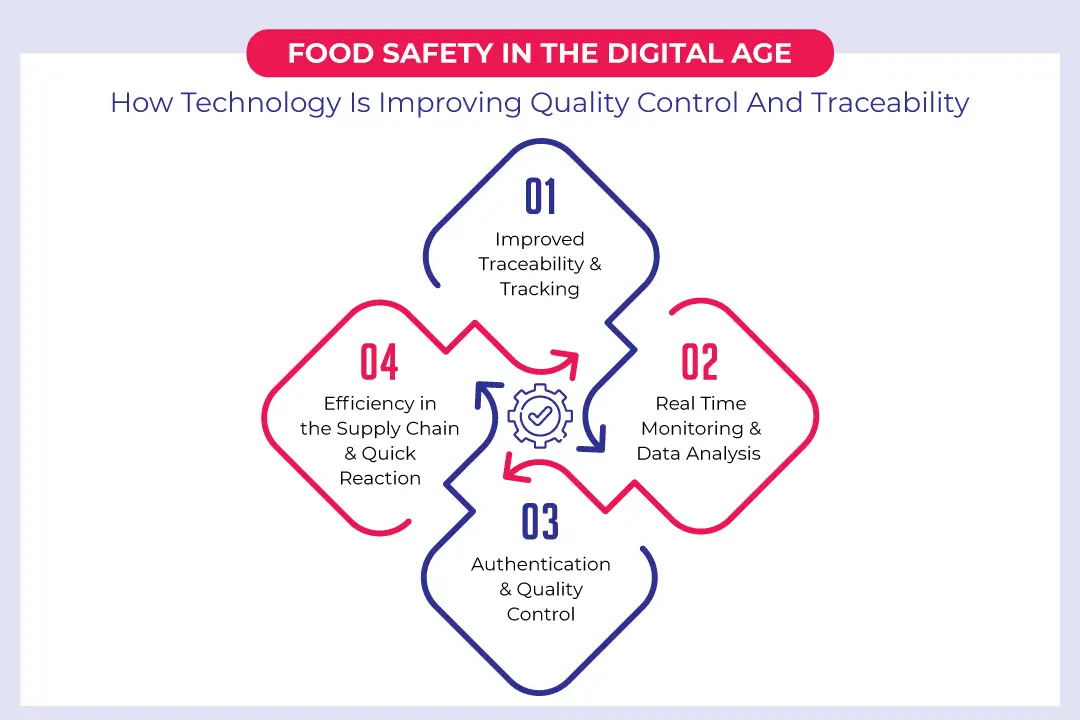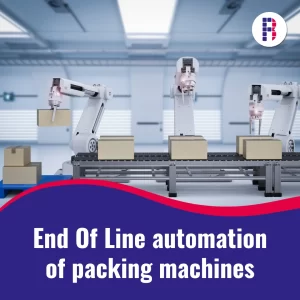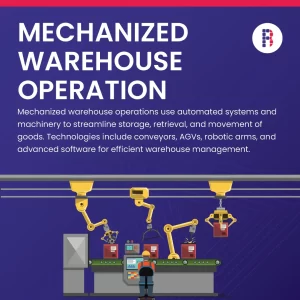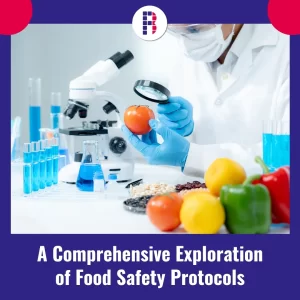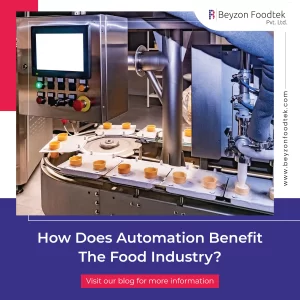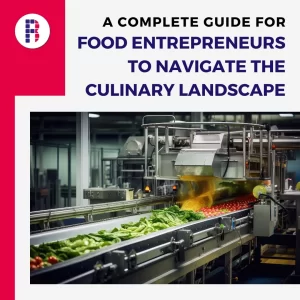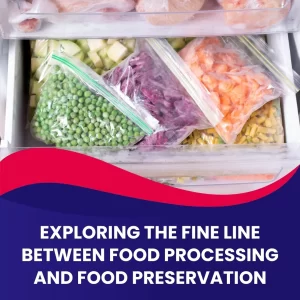Introduction
The food business has seen a substantial transition recently as a result of technological improvements. The food supply chain has been improved in terms of quality control, traceability, and food safety thanks to the incorporation of digital solutions at various points. Innovative technologies are essential in assuring the safety and caliber of the food we eat from farm to fork. The benefits of technology to customers and the industry are examined in this blog along with how it is influencing food safety in the digital era.
Improved Traceability and Tracking
The capacity to monitor and trace items along the supply chain is one of the most important parts of food safety. The precision and speed of traditional record-keeping and paper-based tracking methods were frequently lacking. But now that digital technologies like blockchain, RFID, and IoT (Internet of Things) devices have been developed, businesses can track and document each step of a product’s journey.
For instance, a digital ledger can be created using blockchain technology that is visible and unchangeable. This ledger maintains a complete chain of custody for each product by documenting each transaction and change in ownership. In the event of a foodborne outbreak, this degree of transparency aids in promptly locating the source of contamination.
Real Time Monitoring and Data Analysis
Technology for real-time monitoring and data analysis enables real-time monitoring of numerous aspects that influence the quality and safety of food. In order to provide continuous data on temperature, humidity, and other factors, IoT sensors can be integrated into storage facilities, transportation vehicles, and even individual packaging. This information is essential for identifying any variations from the ideal storage conditions that could cause contamination or spoiling.
Additionally, machine learning techniques can be used to examine this real-time data and forecast prospective problems. Algorithms, for instance, can analyze temperature changes and forecast the possibility of rotting, triggering immediate responses. This proactive strategy ensures that only safe items reach consumers and reduces food waste.
Authentication and Quality Control
Processes for quality control in the food sector are being transformed by artificial intelligence (AI) and computer vision. AI-driven systems can analyze photos of food goods to find flaws, consistency issues, or foreign objects with a speed and accuracy that manual inspection cannot match. This lowers the possibility of consumers receiving tainted or subpar goods while simultaneously ensuring that only high-quality products reach the market.
Technology is also making it possible to use more sophisticated authentication and verification techniques. Customers can get comprehensive information on a product’s origin, ingredients, and processing techniques using QR codes and NFC (Near Field Communication) tags on packaging. This degree of openness enables customers to make wise decisions and aids in the detection of fake goods.
Efficiency in the Supply Chain and Quick Reaction
Digital solutions increase the effectiveness of the supply chain, cutting down on the amount of time it takes for goods to get from the manufacturer to the consumer. Reduced exposure to hazardous pollutants and fresher products are also benefits of shorter supply chains. Furthermore, technology enables quick responses and focused recalls in the event of a food safety issue. Companies may precisely identify damaged items and locations instead of recalling entire batches, limiting financial losses and potential health hazards.
Conclusion
Through the introduction of creative solutions that improve tracking, monitoring, quality control, and overall supply chain efficiency, technology is transforming the landscape of food safety in the digital age. These developments not only raise the standard and safety of the food we eat, but they also help cut down on food waste and boost consumer confidence. Collaborations between technology firms, regulatory agencies, and food producers are crucial to ensuring that the potential of technology is leveraged to its maximum for a safer and more secure food supply as the food industry continues to embrace digital transformation.
